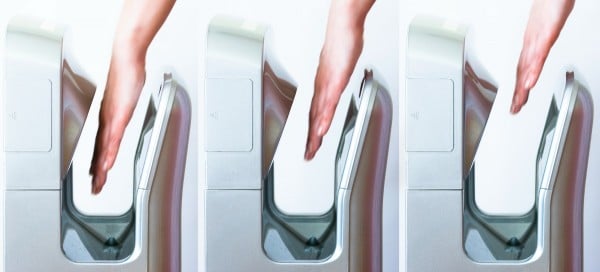
By Keith Redway, University of Westminster.
We are always told how important it is to wash our hands to stop the spread of infections. What many people don’t realise, however, is that the way we dry our hands after washing them could have just as big an effect on our health.
Spreading diseases
In a public bathroom, the choice is usually between a paper (or textile) towel and an electric hand dryer, which could be either a warm-air dryer or a jet-air dryer. Sounds innocent enough, but according to some studies, all of the methods can infect you and other people in the bathroom by transmitting bacteria, fungi and viruses into the air. Viruses, such as those causing flu, colds, herpes, hepatitis, winter vomiting disease and diarrhoea can contaminate your hands and remain there for minutes, hours or even days.
So which method should you choose? The differences are, in fact, very significant. Despite often being marketed as the most hygienic way to dry your hands, jet-air dryers actually produce over 60 times more viral contamination than dryers using warm air. Paper towels, while still capable of spreading some viruses, transmit even less – 1,300 times less than jet hand dryers, to be precise. (Post continues after gallery.)
Tips to beat a cold
Paper v. air
Investigating viruses
So how did we go about go about our research into hand drying and how the methods spread viruses differently? Obviously, it would be unwise to experiment with a dangerous pathogen so we used a harmless virus called MS2. MS2 only infects bacteria, but has similar properties to viruses that infect humans, making it very useful for these kinds of tests.
